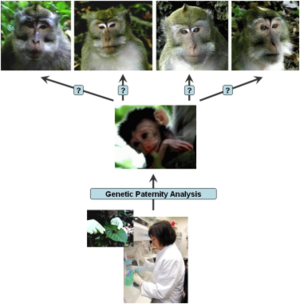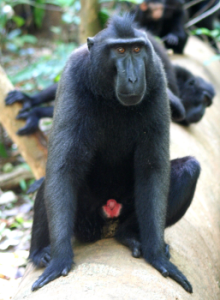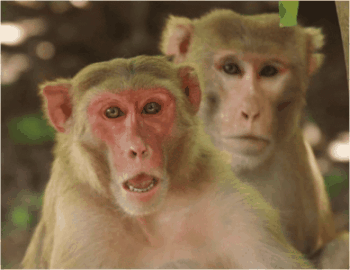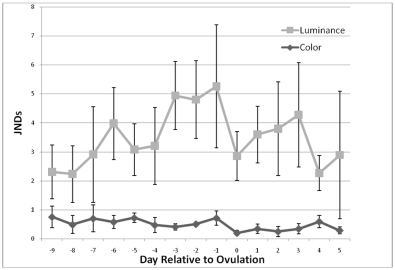Sexual Selection
Sexual selection and its role in shaping the evolution of species is becoming a major research focus within the fields of behavioural ecology and evolutionary biology. The overall aim of this part of our research programme is to investigate mechanisms of sexual selection in primates and how they act on reproductive processes to shape primate evolution. Studies adopt a comparative approach but focus on macaques, taking advantage of their shared basic pattern of social grouping and dispersal in combination with their unusual diversity in key reproductive parameters (such as degree of reproductive seasonality, display of sexual signals, type of dominance style, mating patterns).
Information about Emmy Noether Research Group
Our four main lines of investigation are:

Determinants of reproductive skew
Since male reproductive skew has important consequences for the relatedness of group members, it can be expected to influence the evolution of social systems. Among primates, however, the proximate mechanisms leading to differential male reproductive success (i.e. reproductive skew) are poorly understood. Here, we are investigating these mechanisms at both the pre- and post-copulatory levels. Studies are being carried out on wild crested black and long-tailed macaques at field sites in the Tangkoko-Batuangus Nature Reserve and the Gunung Leuser National Park, Indonesia and as well as on rhesus macaques on Cayo Santiago.

Sexual signals
Sexual signals are used extensively across the primate order, yet their adaptive significance remains unclear. Our aim is to clarify the function of primate visual and acoustic sexual signals and how they increase individual reproductive success. Studies are being carried out on crested black macaques in the Tangkoko-Batuangus Nature Reserve as well as on rhesus macaques of the Cayo Santiago population in collaboration with the Junior Research Group of Primate Kin Selection at the MPI for Evolutionary Anthropology, Leipzig.
Additional studies are investigating the adaptive function of the elaborate vocalizations of male white-handed gibbons at Khao Yai National Park, Thailand (see website of Dr. Claudia Barelli) and the function of anogenital swellings in the rare Pig-tailed Snub-nosed Langur in the Mentawais, Indonesia.
Behavioural reproductive strategies
We have previously shown from limited comparisons within the macaque genus that the interplay of male and female reproductive strategies and its effect on male reproductive success varies across species. Extending this comparative perspective to additional macaque species, we are currently investigating:
i) the relative importance of male monopolisation and female choice in determining paternity,
ii) how male and female reproductive strategies are influenced by female sexual signals, and
iii) to what extent is paternity determined on the post-copulatory level.
Interestingly, male macaques of the same species differ in their ability to interprete female sexual signals, so we are also currently investigating to what extent experience and social knowledge influence male reproductive behaviour.


Additionally we are planning to initiate studies to determine ovarian cycle characteristics and sexual behaviour in the Mentawai leaf monkey (Presbytis potenziani).
Sperm competition
Sperm competition is known to be an important determinant of male reproductive success in multi-male groups and associated with species-specific differences in testicular size and sperm characteristics. Exactly how sperm competition operates in leading to changes at the level of the gonads and/or gamete, how it affects male mating behaviour and what selective pressures it exerts on male reproductive strategies, however, remain largely unknown. Here our work aims to address these issues by:
i) comparing sperm characteristics (e.g. morphology, motility) of closely related species with differing degrees of sperm competition (M. nigra and M. mulatta), and
ii) investigating inter-individual differences in ejaculate quality and quantity within a species (M. fascicularis) to examine the relationship between ejaculate composition, sperm depletion and individual sperm allocation on male reproductive success.
